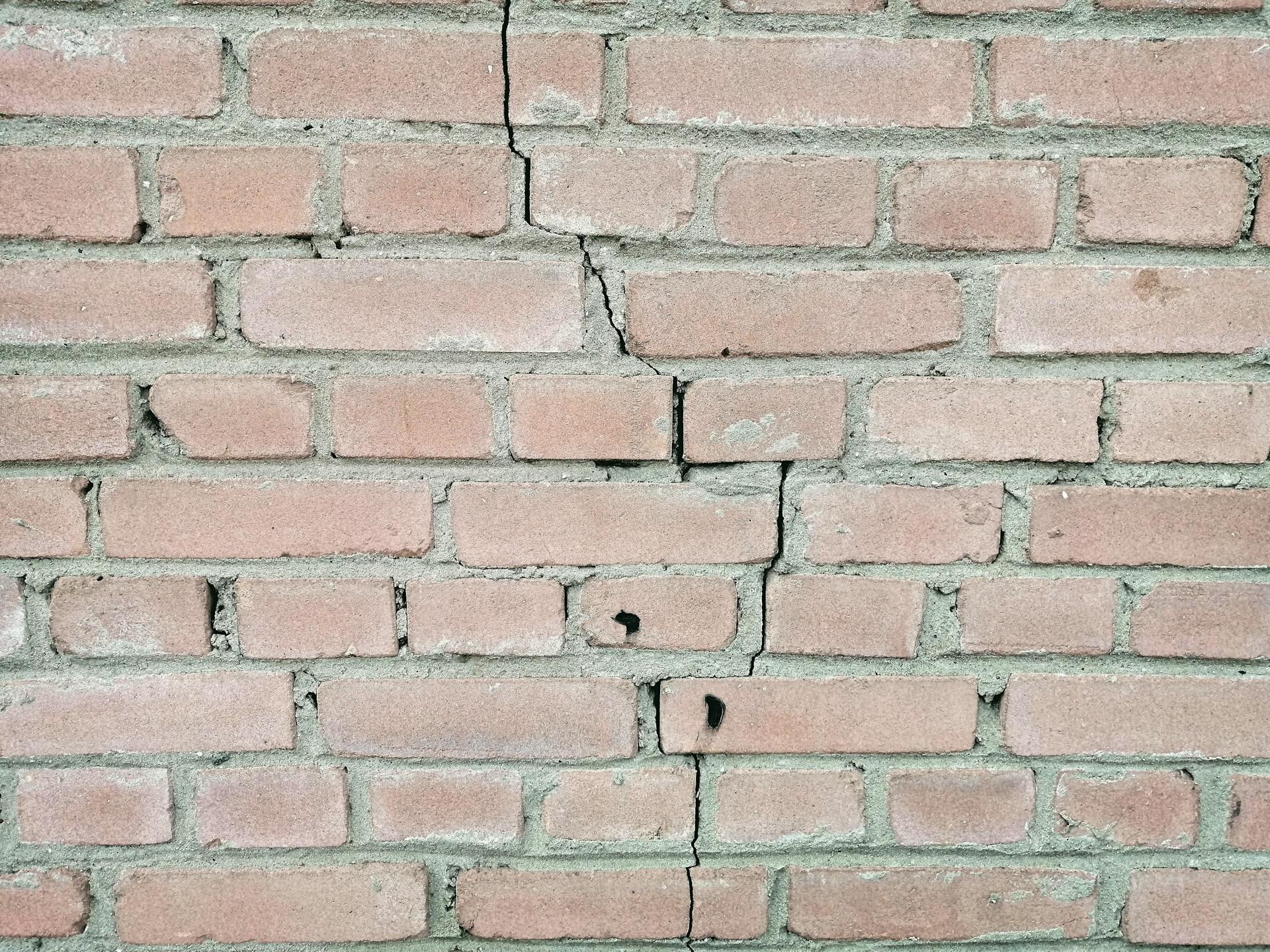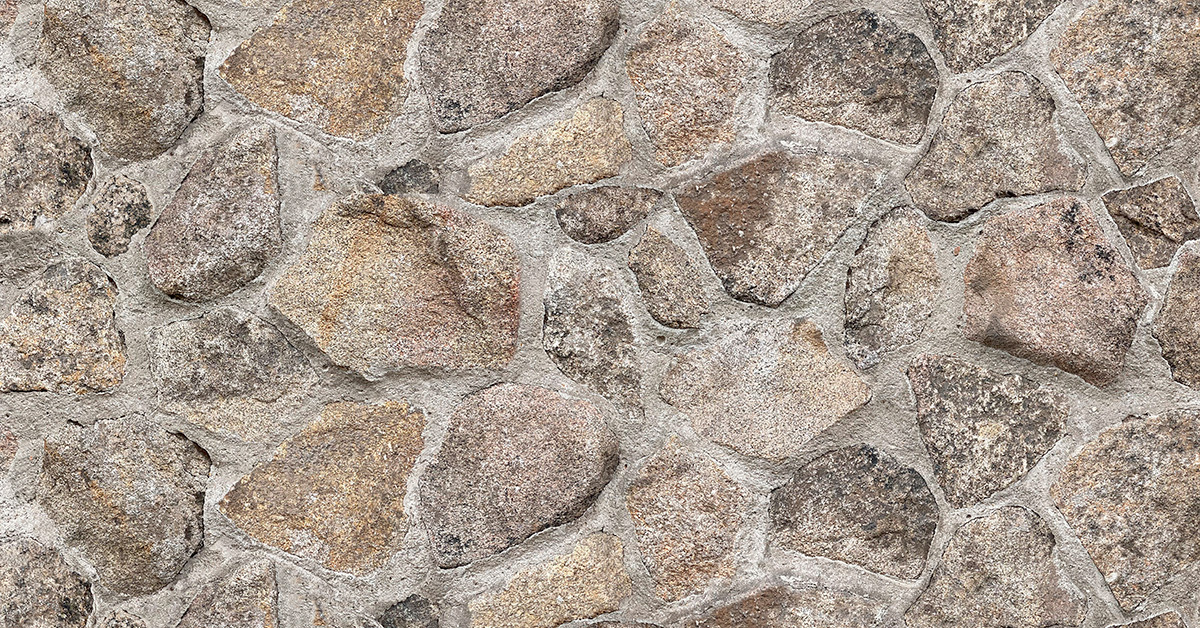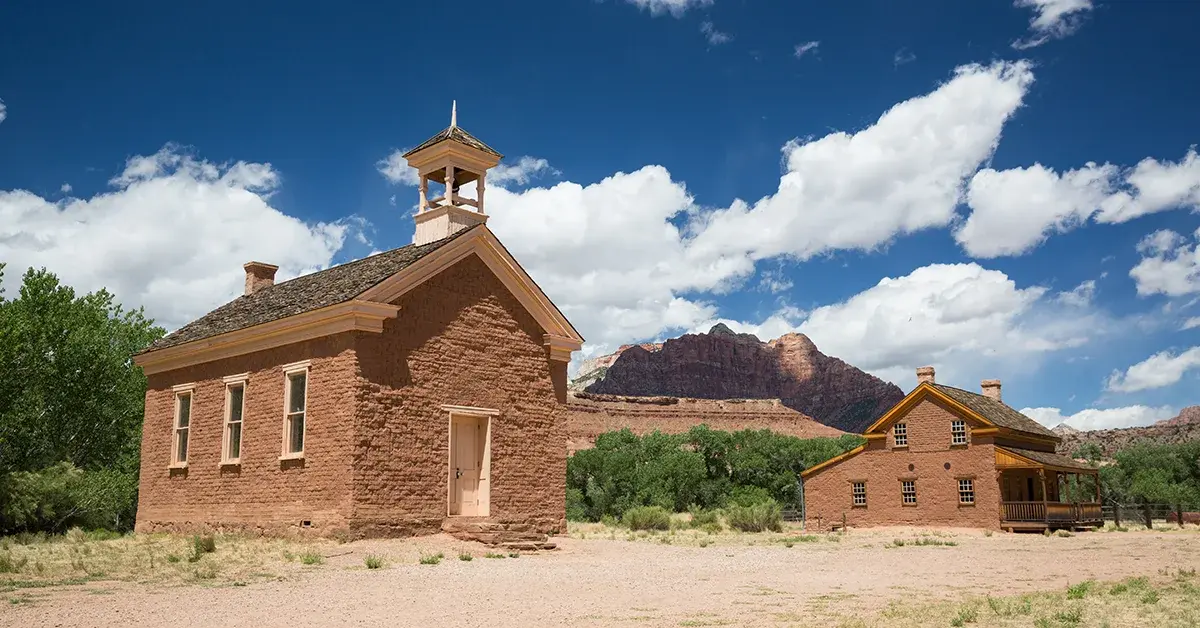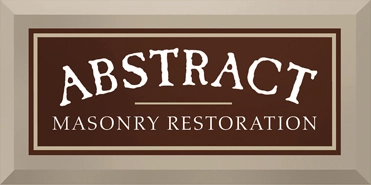Masonry structures are the timeless backbones of our architecture, standing firm as a testament to human craftsmanship. However, just as with any part of our environment, they’re not impervious to the wear and tear of time. Understanding the subtle yet crucial signs it’s time to repair cracked masonry or damage is paramount to preserving these visually striking and structurally essential elements. Let’s identify the red flags that tell you it’s time to replace those cracked bricks and stones, and how best to tackle this pivotal restoration process.
The Silent Erosion of Masonry
To the untrained eye, a little crack in a wall might seem like an insignificant design blemish. However, within its depths often lie stories of structural misalignment and material distress. Masonry can crack for an array of reasons, and each fissure is a tale of its own.
- Weathering: Masonry, by its very nature, is subject to the constant barrage of the elements. From the searing sun to the freezing chill, these weather fluctuations cause the materials to expand and contract, often at different rates than those initially anticipated or designed for.
- Foundation Settlement: The silent shift of the Earth that takes place beneath our feet is usually imperceptible. Yet, the foundation under masonry structures can slowly sink or settle, leading to the unsettling sight of a skewed or sunken wall.
- Lack of Maintenance: Far too often, the root cause can simply be a lack of routine check-ups. Without regular inspections and cleaning, minor issues that are easily curable can transform into major headaches, both structurally and financially.
Deciphering the Signs of Masonry Issues
When it comes to masonry, there’s truth to the adage “out of sight, out of mind.” The potential danger hidden behind a mere facade can be immense. Here are some signs of masonry damage.
Visible Cracks
Visible cracks are the most obvious symptom of a masonry structure in distress. They come in various forms, from hairline to gaping chasms, and each requires its own level of attention. Not all cracks signify catastrophic failure, yet they should all be treated with seriousness.
Bulging Walls
A wall should stand straight as an arrow, but when it begins to bulge, it’s a clear sign that something isn’t right. Bulges are often caused by a build-up of lateral pressure from excessive moisture or insect infestation eating away at the mortar joints.
Water Damage
Water might be the giver of life, but it can also be the harbinger of masonry collapse. When water seeps into the walls, it can erode the mortar, cause unsightly staining, and even lead to salt bloom—where soluble salts are drawn to the surface as the water evaporates, leaving a crystalline residue behind that accelerates the masonry’s degradation.
The Risks of Neglecting Cracked Masonry
The adage “a stitch in time saves nine” holds when applied to masonry maintenance. Neglecting the care of your masonry can have serious implications, not just for the visual integrity of your property, but for its actual structural soundness.
Costs can quickly spiral from simple brick repairs to a complete tear-down and rebuild. And the more important cost to consider might not be the financial one, but the potential for harm. Neglecting crack repair can be the breaking point for a wall, leading to the calamity of a collapse and potential injury.
Strategic Steps in Replacing Cracked Masonry
Repairing and replacing cracked masonry isn’t as simple as filling a void. Each repair requires a strategic approach tailored to the specific damage at hand. Here, we’ll dissect the steps involved in renewing masonry, ensuring that the repaired wall isn’t just as good as new, but better fortified against future decay.
Inspection Is Key
Knowledge is power, and the power to effectively repair masonry comes from a rigorous and comprehensive inspection. For every masonry project Abstract Masonry responds to, our professional experts assess the extent of the damage and determine the best course of action for revitalization.
Preparation Is Paramount
Masonry work is as much about preparation as it is about execution. This phase involves clearing the area, creating a clean slate for the repair, and ensuring that all underlying issues are addressed.
The Right Materials Make a Difference
Masonry repair is an art as much as it is a science. The choice of materials must harmonize with the historical character and structural composition of the original masonry. The right mortar mix—comprising lime, sand, and sometimes cement—will bind the masonry units together in a manner that’s both durable and esthetically in tune with the existing structure.
Why DIY Isn’t the Way
In the age of the Internet, do-it-yourself approaches are all the rage. When it comes to repairing masonry, however, this is one instance where professional expertise is indispensable. Experienced masons bring to the table not just physical labor, but a wealth of knowledge that ensures the job is done right, mitigating the risk of future issues.
Replacing with Precision: Ensuring a Seamless Restoration
The process of restoring masonry to its former glory is akin to a delicate operation. It’s a symbiosis of the past and present, a dance between traditional methods and modern approaches. Weaving back in replacements with precision and care ensures that the masonry, once faulted, becomes a bulwark against time for years to come.
Why Choose Abstract Masonry for Your Restoration Project?
In Salt Lake, Abstract Masonry stands at the forefront of experienced, reliable masons who can restore brick and stone to its former glory. We offer a blend of expertise, passion, and a relentless commitment to quality.
Don’t wait until tiny cracks become gaping chasms. Reach out to Abstract Masonry and restore the legacy of your property’s masonry. After all, sturdy masonry is more than a protective shell; it’s a repository of our shared heritage. It’s a legacy meant to echo through the ages, one that should do so without the chilling echo of disrepair.







